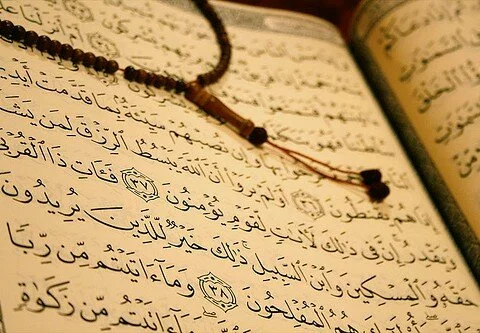
Different Islamic scholars have done several translations of some of the verses in the Quraan touching on this subject matter. Sheikh Abdul Majid Zendani, a great professor of Islamic studies in one of the leading universities in Jeddah (Saudi Arabia) is one of such scholars. He translated the statement from Sura 39:6.
Information on illustration of foetus development in the womb is equally documented to have been drawn by Leonardo da Vinci in the 15th Century. It is also documented that Galen described the placenta and the development of foetus in one of his books called On the Formation of the Foetus. This was done far much earlier in the 2th century AD.
It is also well recorded in history that doctors in the 7th century A.D. knew very well that the foetus developed in the womb. Earlier explanations of the same had been provided by Aristotle in the 4th century B.C. Details into the development of the foetus was given far much later in the 15th century from the records available. However, more was discovered upon the discovery of the microscope in the 17th century by Leeuwenhoek. This made it easier to provide clear descriptions on the early stages of development of the foetus. Final descriptive explanations came in 1941 when Streeter developed the first system of staging. The most comprehensive explanation was given by O’Rahilly in 1972: he described the three stages of human development as to be confined to the anterior abdominal wall, uterine wall and then the amniochorionic membrane.
Sura 23:13 is equally a verse on the human development and embryology. It focuses on the zygote which later splits to form a blastocyst which then implanted in the uterus where it develops into a human being. Sura 23:14 is equally interpreted and is another important verse on the subject matter. It describes the human embryo from the days 7-24 when it usually clings to the endometrium of the uterus. The Sura describes in details the development of the foetus as compared to the verses.
Sura 32:9 describes the development the human senses. It describes the development in a certain order i.e. the appearance of the appearance of the primordial of the internal ears first followed by the eyes and lastly the brain differentiates.
Sura 22:5 illustrates that the embryo is mainly composed of differentiated and undifferentiated tissues. The tissues described are the mesechyme and the cartilage bones. The mesechyme usually differentiates later into the muscles and ligaments. The verse also acknowledges the fact that God determines which embryo would stay in the uterus till full term and whether it will be a boy or a girl.
The science of modern embryology has facilitated to a great extent the understanding of the verses in the Quraan on embryology and human development. The science has afforded many followers of prophet Muhammad a new understanding of the subject matter.
FULL – Dr. Zakir Naik The Quran and the Bible in the Light of Science vs Dr William Campbell – Chicago, April1, 2000.
Organized by the Islamic circle of north america ICNA.

April 28, 2012 at 7:12 pm
Assalaamu alaikum. You may find these new articles and videos useful:
(1) Embryology in the Qur’an – Correlation Studies with Modern Embryology
http://islampapers.com/2012/03/16/moore/
(2) Embryology in the Qur’an: The ‘Alaqah Stage
This is a *NEW* paper with great images:
http://islampapers.com/2012/02/09/alaqah/
(3) Video: Embryology in the Qur’an by Dr. Keith Moore
Embryology in the Qur’an – a lecture delivered by Dr. Keith Moore at the University of Illinois, Chicago, USA on the 8th May 1990. It is just over an hour long.
http://islampapers.com/2012/03/07/moore1/